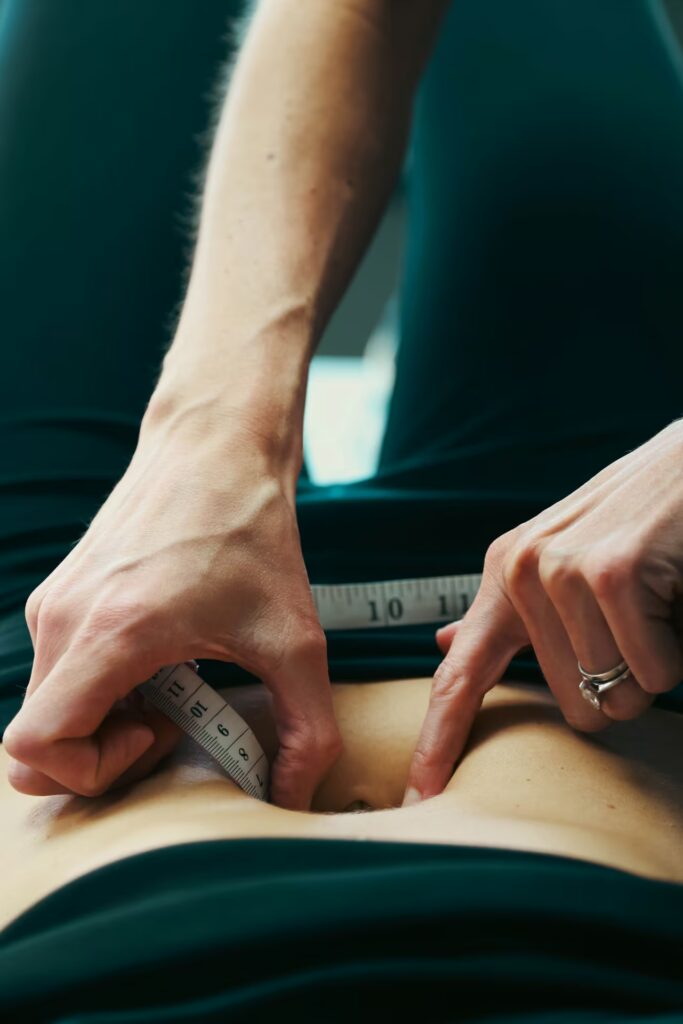Condition
Diastasis
Is the thinning and widening of the linea alba. The linea alba is the midline anchor of your abdominal muscles, when pregnant the linea alba stretches to allow your bump to grow, this is a normal adaptation during pregnancy, however this can sometimes lead to a sustained weakening of your linea alba and abdominal.
While DRA is common, it’s not something you have to navigate alone. With the right guidance, healing is absolutely possible.
As a pelvic health physiotherapist, I assess the depth, width, and function of your abdominal separation and create a safe, progressive rehabilitation plan tailored to your body. Through specific core and pelvic floor exercises, postural support, and movement strategies, we’ll work together to restore strength, reduce symptoms, and rebuild your confidence in your core.

Condition
Risk Factors and Symptoms
Risk factors of a Diastasis Recti:
- Multiple pregnancies
- Twin pregnancy
- Genetics
- Larger babies
- Petite women
- Previous diastasis recti
- Obesity/being overweight
- Poor abdominal muscle tone
- Close succession pregnancies
Symptoms of a Distasis Recti:
- Bulging abdomen
- Still looking pregnant
- Constipation
- Lower back pain
- Urinary incontinence
- Pelvic/hip pain
- Poor posture
- Softness around the belly button
- Weak feeling in the abdominals
- Doming/coning during exercise
- Difficulty lifting or performing everyday tasks